Discover the ultimate guide to growing and caring for lace fern. Learn essential tips for watering, lighting and maintaining this elegant plant.
Lace fern, also known as Asparagus setaceus, is a delicate and elegant plant that can add a touch of grace to any home or garden. Despite its name, it’s not a true fern but a member of the asparagus family. In this guide, we’ll walk you through everything you need to know about growing and caring for lace fern.
Here’s a short information chart about the Lace Fern:
| Aspect | Details |
|---|---|
| Botanical Name | Microlepia strigosa |
| Common Name | Lace Fern |
| Appearance | Delicate, lacy fronds with a fine texture |
| Leaf Shape | Bipinnate (feathery) |
| Plant Type | Evergreen fern |
| Zones | USDA Zones 8-11 |
| Sun Exposure | Partial to full shade |
| Soil Type | Moist, well-draining soil |
| Watering | Regular; keep soil consistently moist |
| Fertilization | Balanced liquid fertilizer monthly |
| Growth Habit | Clumping |
| Height/Spread | 2-3 feet tall, spreads slowly |
| Pests | Generally pest-free |
| Special Features | Adds delicate texture to shaded gardens |
What is Lace Fern?
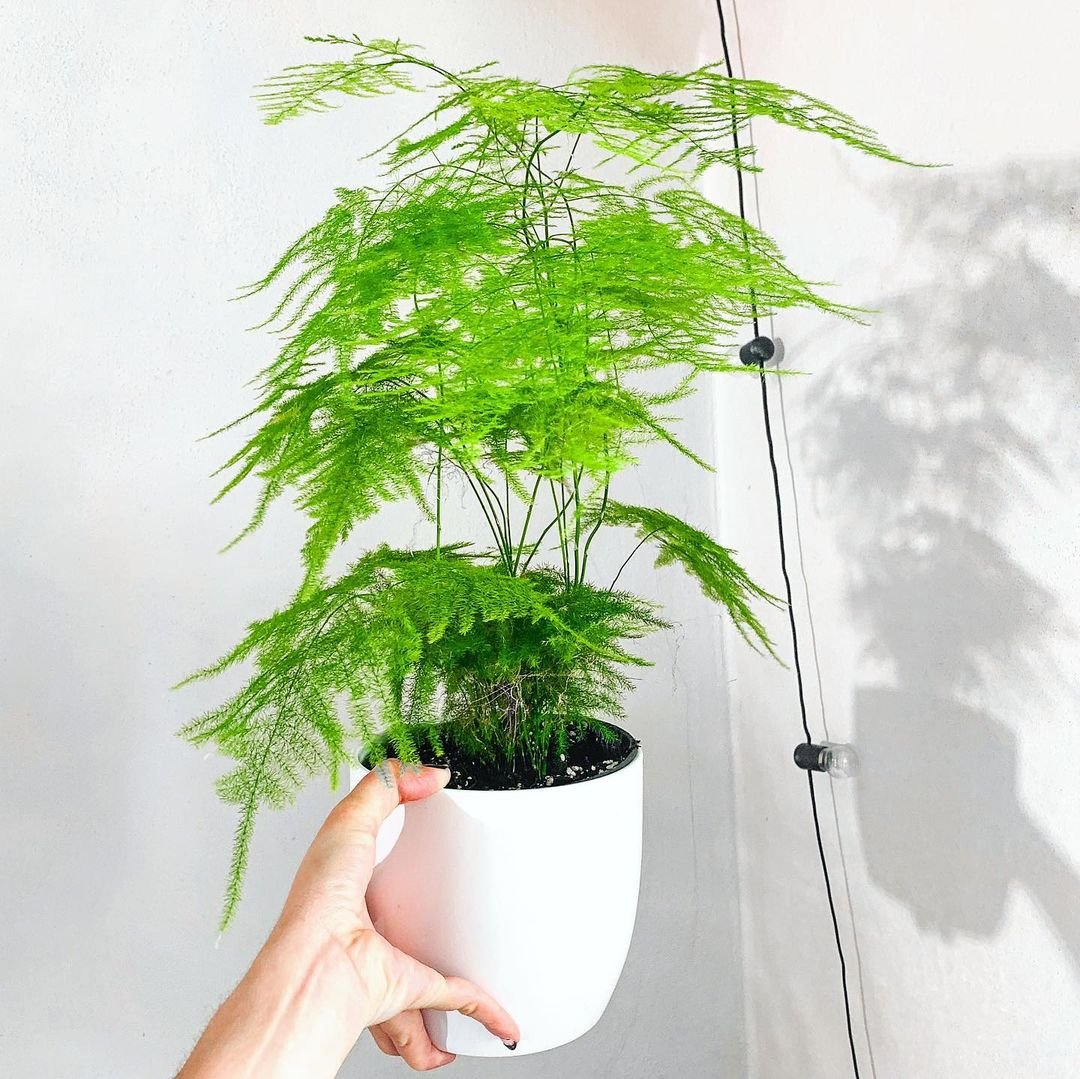
Lace fern is a climbing plant with fine, feathery foliage that looks like delicate lace. It’s native to South Africa but has become popular worldwide as an ornamental plant. The stems can grow up to 10 feet long, making it perfect for hanging baskets or as a climbing plant on trellises.
Why Grow Lace Fern?
- Beautiful appearance: The feathery, lace-like fronds add elegance to any space.
- Versatile: Can be grown indoors or outdoors, in pots or in the ground.
- Air-purifying: Like many plants, it can help improve indoor air quality.
- Low maintenance: Once established, lace fern is relatively easy to care for.
Growing Lace Fern
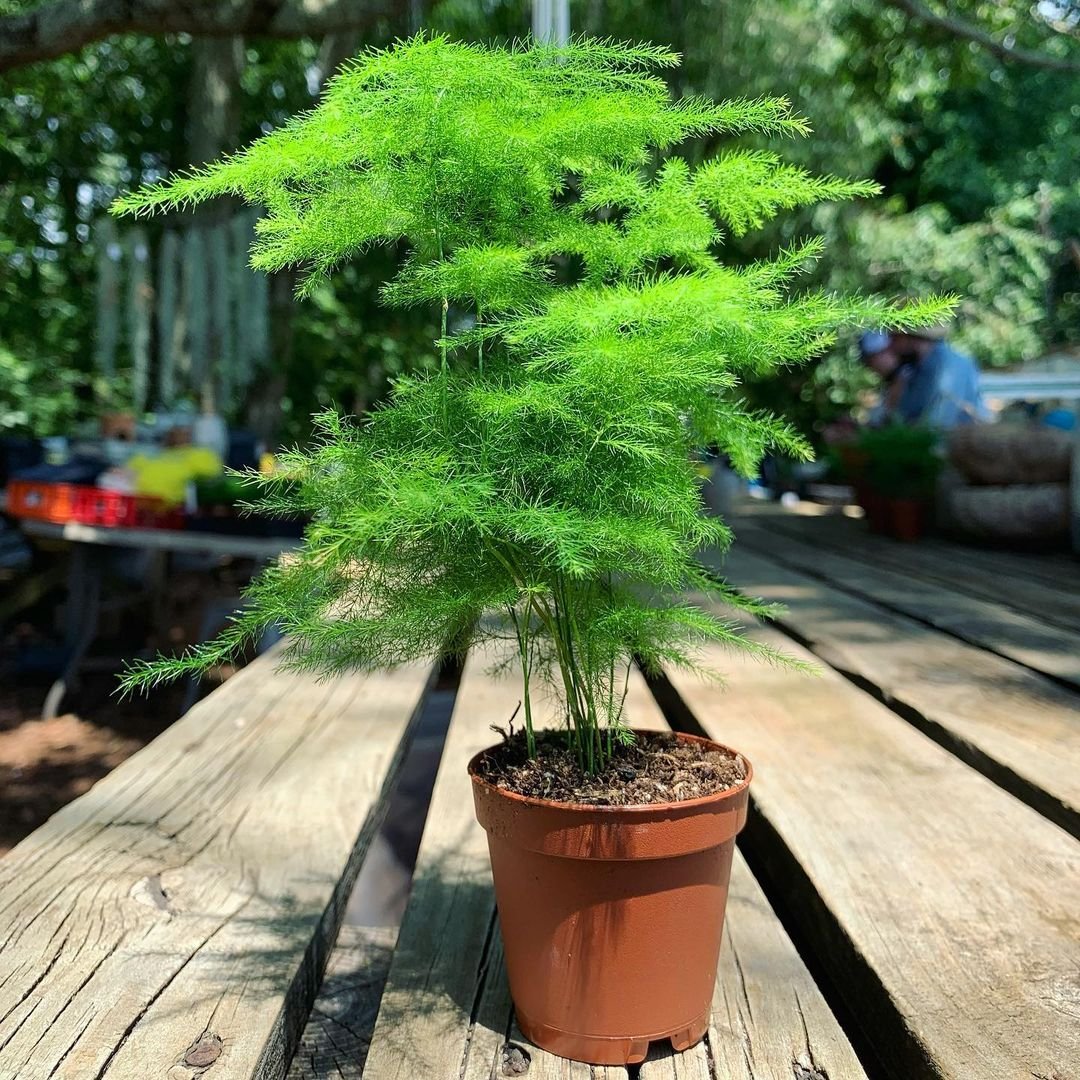
Soil Requirements
Lace fern prefers well-draining soil that’s rich in organic matter. A good potting mix for indoor plants works well. If planting outdoors, make sure the soil drains well to prevent root rot.
Light Conditions
Lace fern thrives in bright, indirect light. It can tolerate some shade, but too little light will result in sparse growth. Avoid direct sunlight, which can scorch the delicate fronds.
Temperature and Humidity
These plants prefer temperatures between 60-75°F (15-24°C). They also like high humidity, making them great for bathrooms or kitchens. If your home is dry, consider using a humidity tray or misting the plant regularly.
Planting Lace Fern
Whether you’re planting in a pot or in the ground, follow these steps:
- Choose a container with drainage holes or a well-draining spot in your garden.
- Fill the pot or hole with well-draining potting soil.
- Gently remove the plant from its nursery container.
- Place the plant in the new pot or hole, ensuring it’s at the same depth as before.
- Fill in with soil and water thoroughly.
Caring for Lace Fern
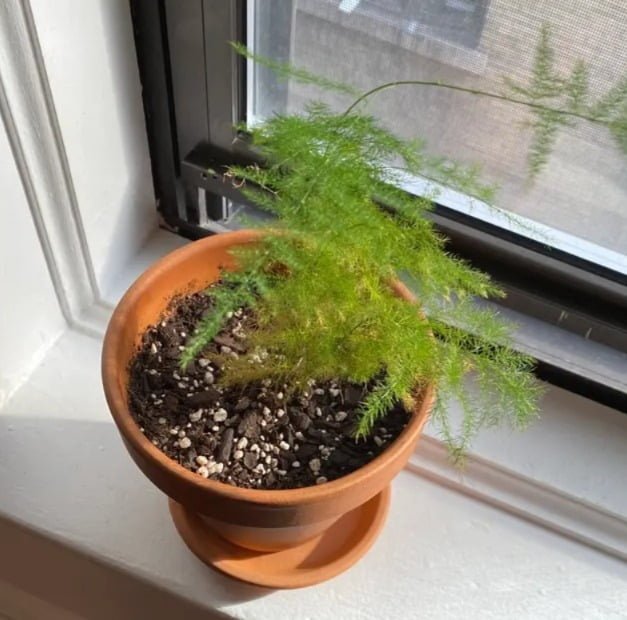
Watering
Lace fern likes consistently moist soil, but not waterlogged. Water when the top inch of soil feels dry. In winter, reduce watering slightly. Overwatering can lead to root rot, so be careful not to let the plant sit in water.
Fertilizing
Feed your lace fern with a balanced, water-soluble fertilizer every 2-4 weeks during the growing season (spring and summer). Reduce or stop fertilizing in fall and winter when growth slows down.
Pruning
Prune your lace fern as needed to maintain its shape and size. Remove any yellow or dead fronds to keep the plant looking its best. You can also trim back long stems to encourage bushier growth.
Repotting
Repot your lace fern every 2-3 years or when it outgrows its current container. Choose a pot that’s 1-2 inches larger in diameter. Spring is the best time for repotting.
Common Problems and Solutions

- Yellow fronds: This could be due to overwatering or underwatering. Check your watering habits and adjust accordingly.
- Brown tips: Often caused by low humidity. Increase humidity around the plant or mist more frequently.
- Sparse growth: Usually a result of insufficient light. Move the plant to a brighter location, but avoid direct sunlight.
- Pests: Lace ferns can occasionally be affected by spider mites or mealybugs. Treat with insecticidal soap or neem oil.
Propagating Lace Fern
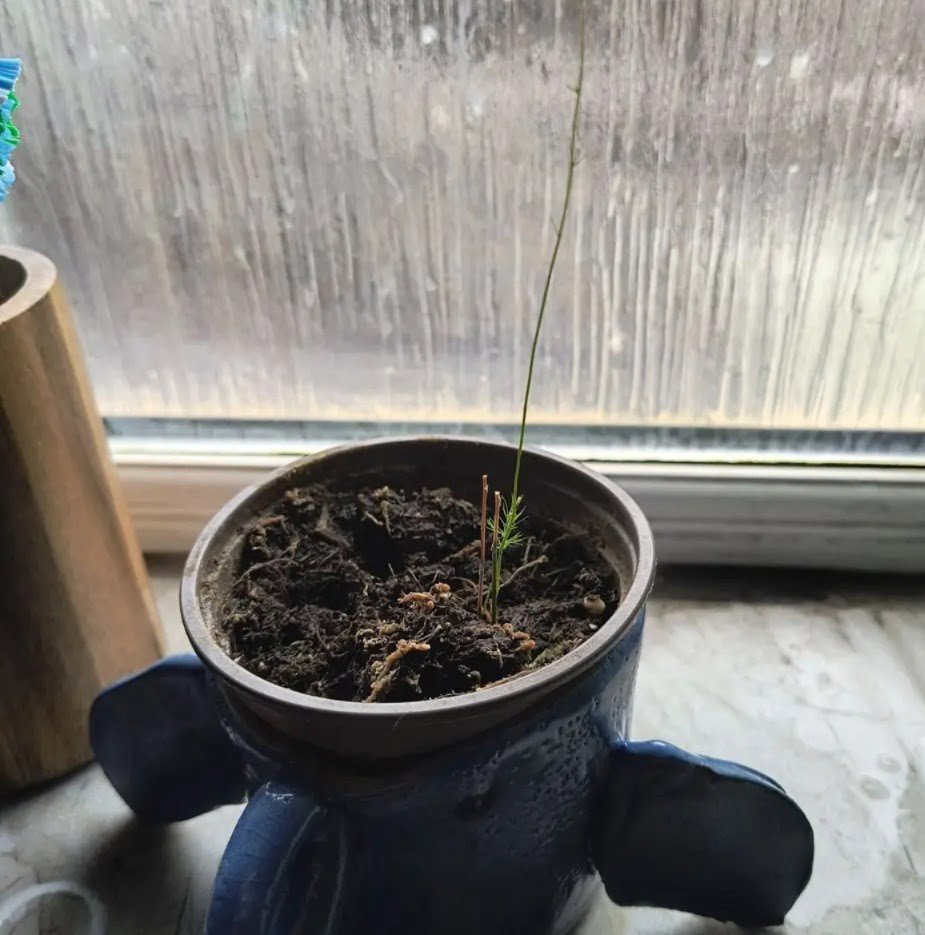
You can propagate lace fern through division or by planting the small bulbils that form on mature plants. Here’s how to divide your plant:
- Remove the plant from its pot.
- Gently separate the root ball into smaller sections, each with several stems.
- Replant each section in its own pot with fresh potting soil.
- Water well and keep in a warm, humid spot until new growth appears.
Using Lace Fern in Decor
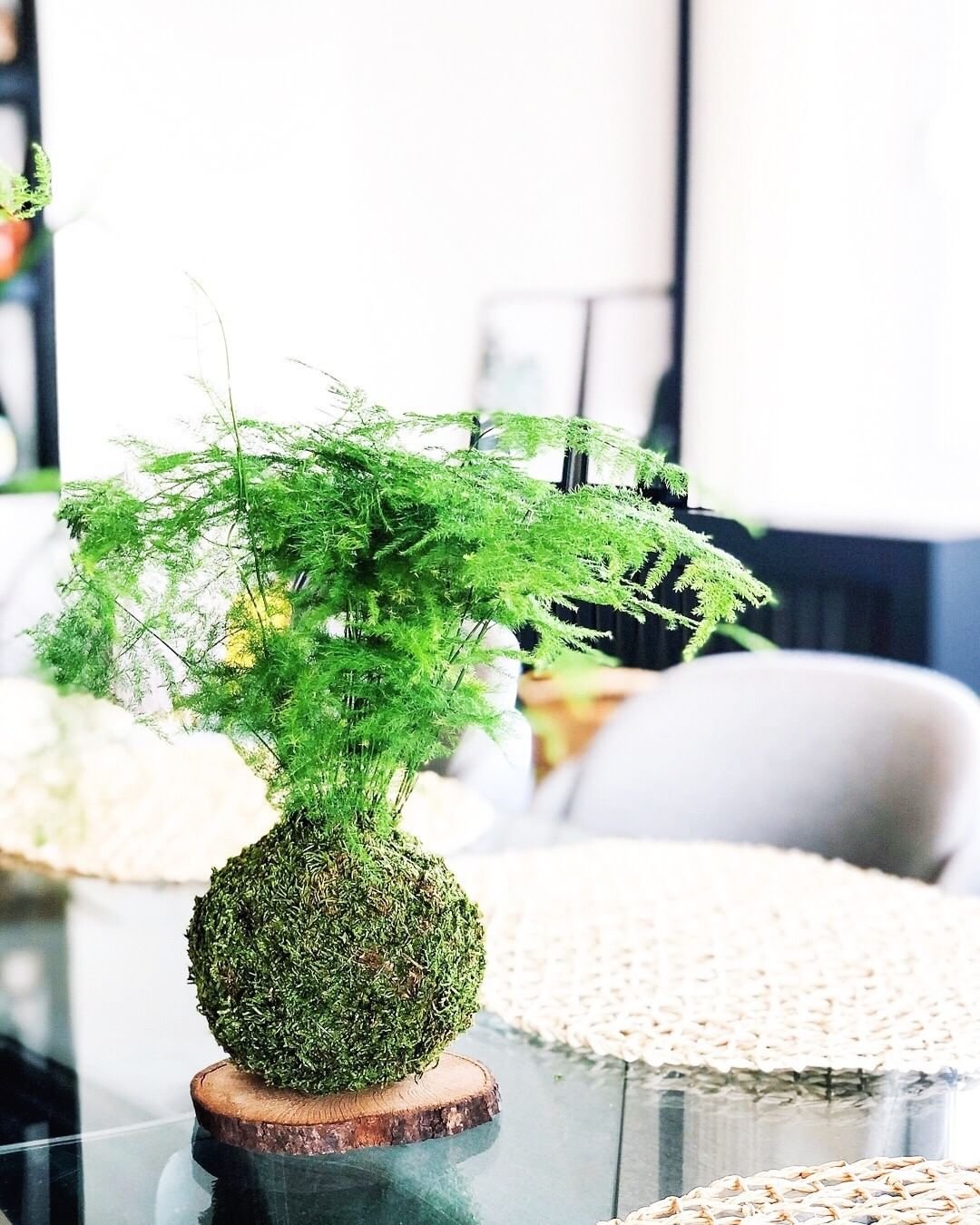
Lace fern is versatile and can be used in various ways:
- Hanging baskets: The trailing stems look beautiful cascading over the sides of a basket.
- Terrariums: The delicate fronds add a fairy-like touch to miniature gardens.
- Cut foliage: Lace fern makes an excellent filler in floral arrangements.
- Living walls: Use it as part of a vertical garden for a lush, green backdrop.
Lace Fern Benefits
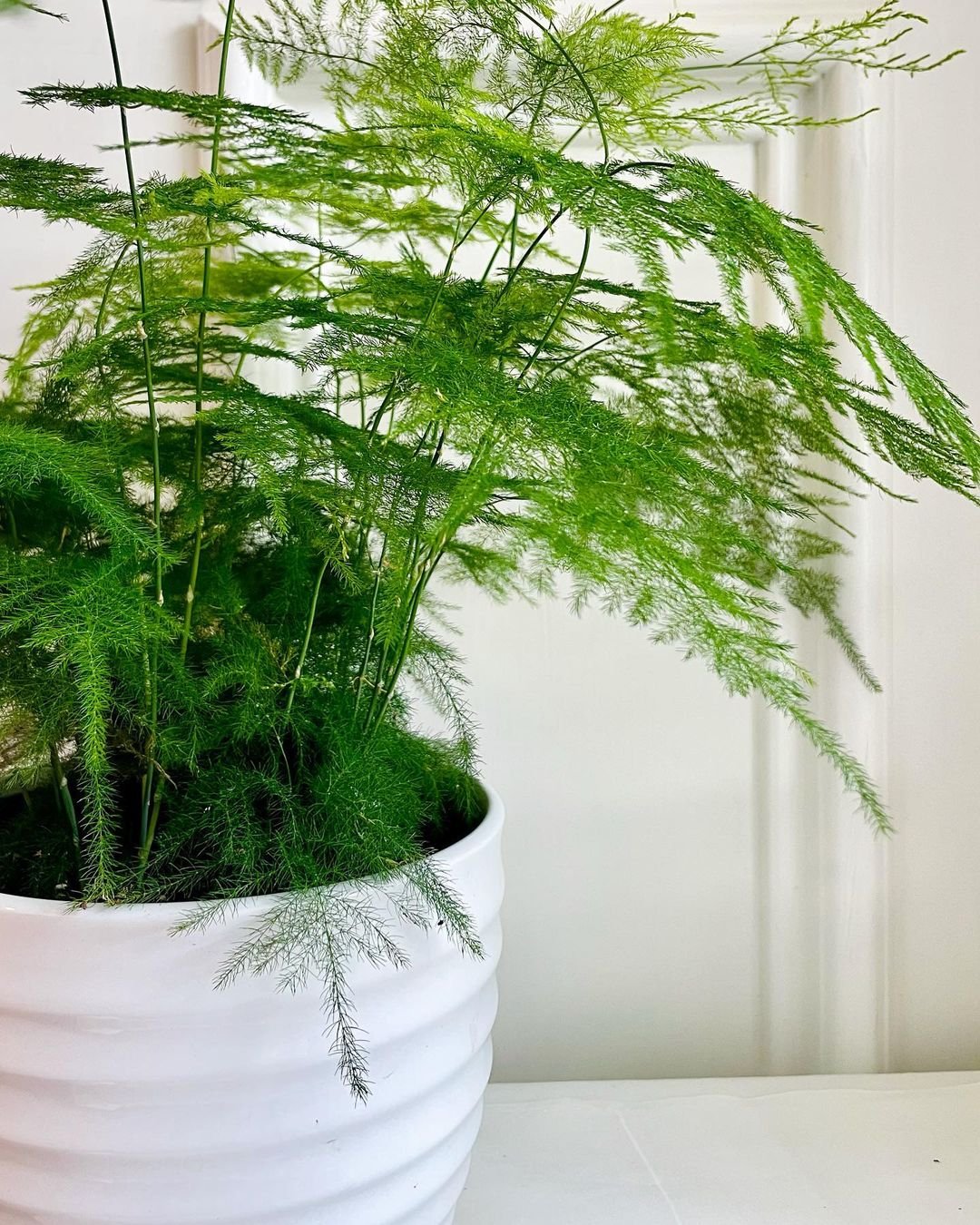
Beyond its ornamental value, lace fern offers several benefits:
- Air purification: Like many plants, it can help remove toxins from the air.
- Stress reduction: Caring for plants has been shown to reduce stress and improve mood.
- Increased humidity: Can help improve air quality in dry indoor environments.
Frequently Asked Questions
1. Is lace fern toxic to pets?
Yes, lace fern can be mildly toxic if ingested by cats or dogs. Keep it out of reach of pets.
2. How fast does lace fern grow?
Lace fern is a moderate to fast grower under ideal conditions.
3. Can lace fern be grown outdoors year-round?
It depends on your climate. Lace fern can be grown outdoors in USDA zones 9-11.
4. Why are the fronds on my lace fern turning brown?
Brown fronds can be caused by low humidity, underwatering, or exposure to direct sunlight.
5. How often should I mist my lace fern?
Mist your lace fern 2-3 times a week, or more if your home is very dry.
Growing lace fern can be a rewarding experience for both novice and experienced plant enthusiasts. With its delicate, lacy fronds and easy-care nature, it’s a beautiful addition to any indoor or outdoor space. By following the tips in this guide, you’ll be well on your way to growing a thriving, beautiful lace fern. Remember to provide it with the right light, water, and humidity, and your lace fern will reward you with its elegant, feathery foliage for years to come.
For more information on caring for houseplants, check out this guide from the University of Vermont Extension.
Pingback: The Best Hanging Plants to Grow in 2024: Top 20 List